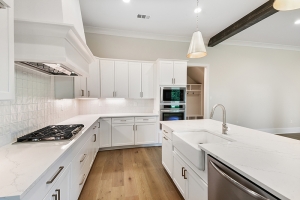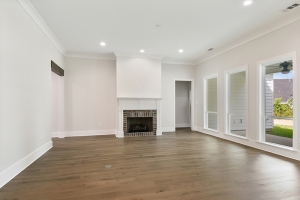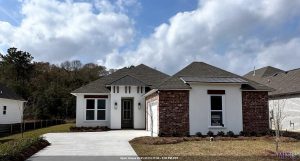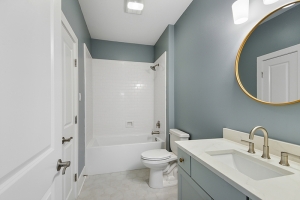St. Tammany Parish is a desirable area to live in on the North Shore as it has been rapidly growing for a while now. In fact, the area had major road projects that were done and completed in 2019 along U.S. 190 between I-12 and Covington.

The project helped the flow of the northbound traffic on I-12 until it squeezed into one lane to go over the bridge at Bogue Falaya River. The old bridge was built in the 1940s and does not fit the traffic flow of today’s commute.
“It’s been an issue for years,” Parish Council member David Fitzgerald said. At times, he said, the congestion “is almost impenetrable.”
The parish’s population grew 13% between 2010 and 2020. Today there are around 270,000 residents with 330,000 registered vehicles. That means that U.S. 190 around the old bridge has around 70,000 vehicles on average a day.
They have begun a project to build a $30 million bridge to replace the current vintage bridge. The bridge will be done in two phases with the first being the one going northbound and the second will be southbound. The bridges will each have two 12-foot wide traffic lanes along with shoulders. The Department of Transportation and Development says the project is slated to be completed in 2025.
“We’re somewhat worried about the construction,” Colin Patrick, co-owner of the nearby Pat’s Seafood Market and Cajun Deli said, adding with a hopeful note: “I believe it’ll be good for business after it’s done.”


